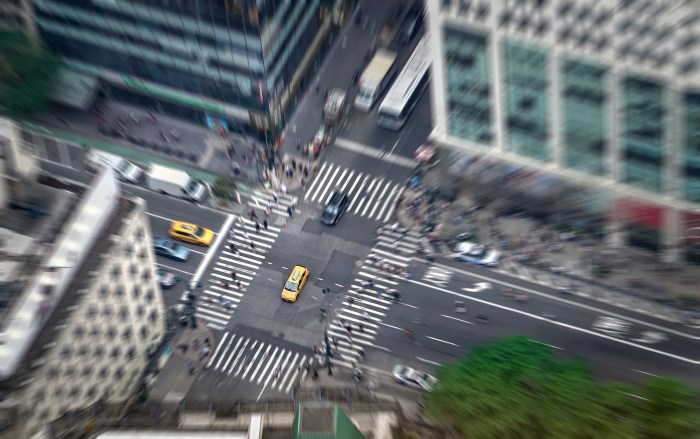By William Lewis
During World War II, our nation was strongly united in the war effort. Toward the end of WWII in 1945, there was more freedom of opportunity.
This was especially true in the Democratic Party, where members became split based on strongly held viewpoints.
We had such a situation just before the Civil War, when the Democratic Party was divided at that time and a united Republican Party elected Abraham Lincoln president.
In 1948, the Democratic convention was held in Philadelphia and the Democratic Party was also split at that time.
That year the vote was split three ways with the regular organization supporting Harry Truman for president, the Dixiecrats backing Strom Thurmond and the progressives of the party supporting Henry Wallace for president.
Meanwhile, on the Republican side, Gov. Thomas Dewey of New York easily obtained the nomination of the Republicans and led a united party against the Democrats, who were divided into three factions.
In a situation such as this, political observers everywhere were predicting a landslide victory for Thomas Dewey over Harry Truman.
It was believed that the Democratic vote, split three ways, would sink Truman, and the polls showed Dewey far ahead.
The situation in 1860 was different from what it was in 1948, while Lincoln was able to get the nomination for the Republican Party and go on to beat the Democrats in the fall election that year.
In 1948, President Truman ran a hard-fought race, but Dewey was not running a tough campaign.
By the end of the campaign on Election Night, Truman had beat Dewey by a 49-to-45 percent margin and was elected president after becoming vice president in 1945 with the passing of President Franklin Roosevelt.
It seemed to be the case that so many people were so sure that Thomas Dewey was going to win that they didn’t bother to go to the polls to vote for him. It turned out to be the biggest upset in the history of American presidential elections up until that time.
When we look at the forthcoming 2020 presidential election, two years from now, we can see a case developing whereby there are primaries in both parties, especially the Democratic Party, that could lead to a situation similar to 1948.
Someone might challenge President Donald Trump in the Republican primaries and when we look back at the Republican primaries in 2016, there were 17 candidates running.
There may be at least several Democratic candidates running in 2020 for their party’s nomination for president. One thing we can say for sure is that the next presidential election is going to be filled with points of turmoil as we move forward in the election process.
In 2020, Hillary Clinton is not expected to run again, but there are numerous candidates, especially in the U.S. Senate and governorships who might be interested in running.
It will be interesting to see how the presidential marathon unfolds and concludes in 2020.




































